The Difference Between Matcha and Regular Green Tea
If you’ve ever found yourself staring at a café menu, wondering whether to order matcha or just stick with good ol’ regular green tea, you’re not alone. These two green beverages might seem like siblings from the same leafy family, but trust me—they’re more like that one overachieving cousin (matcha) and your laid-back, chill best friend (regular green tea). Let’s dive into the hilarious world of green tea and figure out what sets these two apart.
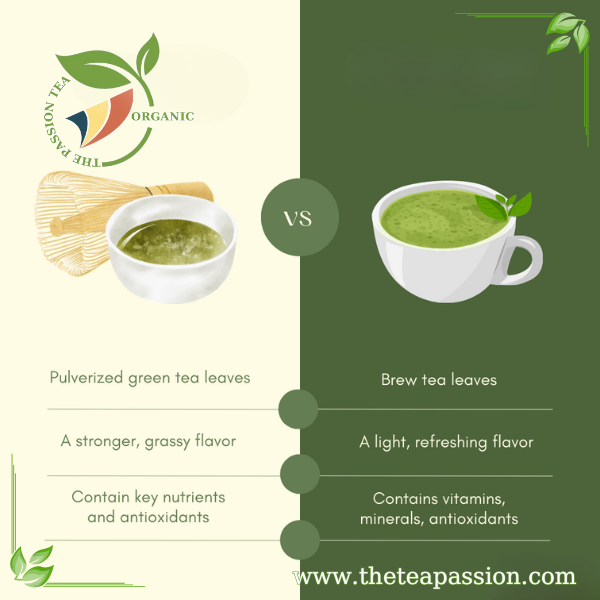
1. The Leafy Origins
First things first: both matcha and regular green tea come from the same plant, Camellia sinensis. But here’s where things get interesting. Matcha is like the diva of the tea world—it demands special treatment. The leaves used for matcha are grown in the shade, which makes them extra green and packed with nutrients. Regular green tea, on the other hand, grows in the sunlight like a normal plant. It’s not trying to be fancy—it’s just living its best life.
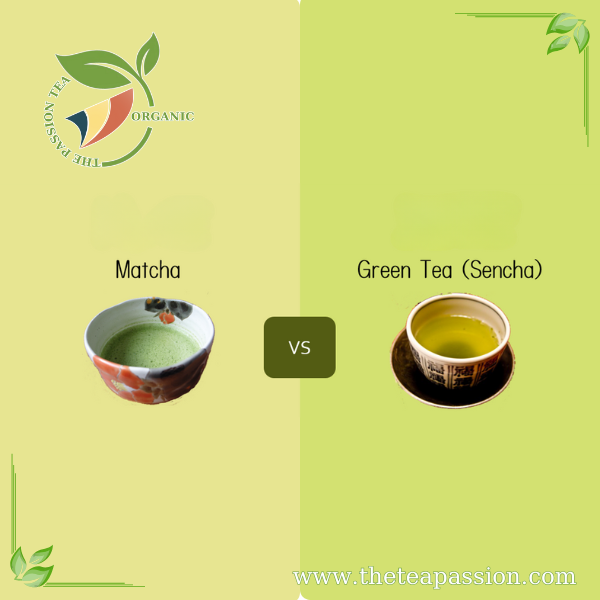
2. Preparation Drama
Now, let’s talk about how they’re prepared. Matcha is powdered green tea, which means you’re literally drinking the whole leaf. Yep, all of it. Nothing goes to waste. It’s like blending kale into a smoothie—except way tastier and less likely to make you cry. Regular green tea, on the other hand, is steeped. You dunk those leaves in hot water, let them do their thing, and then toss them out like yesterday’s news. It’s low-maintenance and chill—perfect for people who don’t want to deal with whisking powder like they’re auditioning for a cooking show.
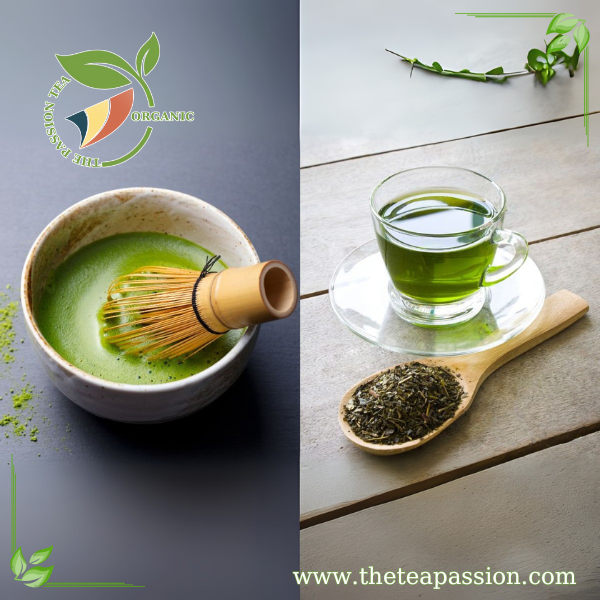
3. Taste Test: The Battle of Bitter
Let’s be honest—green tea can taste like grass. But matcha? Matcha takes that grassy flavor and cranks it up to 11. It’s bold, earthy, and unapologetically green. Some people love it; others feel like they’re drinking liquid lawn clippings. Regular green tea is milder, more delicate, and less likely to make you question your life choices after one sip. If matcha is the loud friend who always has opinions, regular green tea is the quiet one who listens to your problems without judgment.
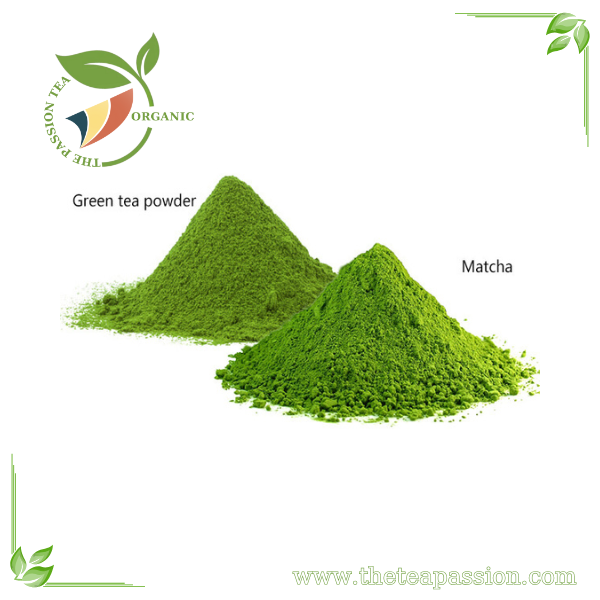
4. Caffeine Content: The Energy Showdown
Need a pick-me-up? Both matcha and regular green tea have caffeine, but matcha is the heavyweight champion here. Since you’re consuming the whole leaf with matcha, you’re getting more caffeine than you would from steeped green tea leaves. It’s like drinking coffee’s zen cousin—energizing but without the jittery chaos of espresso shots. Regular green tea has less caffeine, so it’s more of a gentle nudge than a full-on wake-up slap.
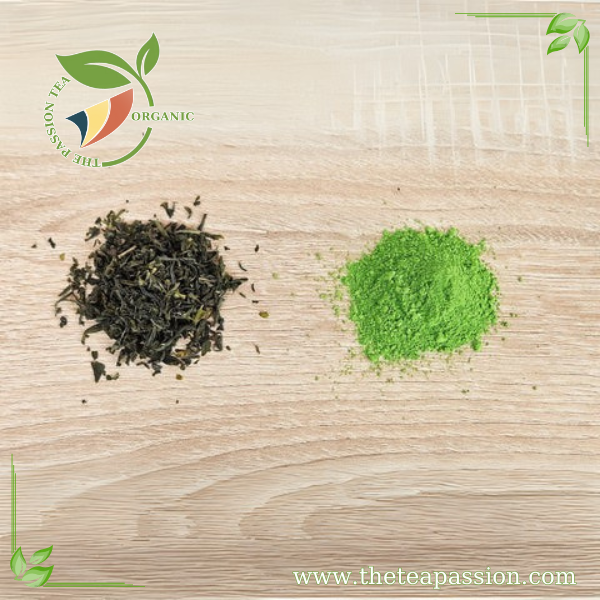
5. Health Benefits: Who Wins the Wellness Crown?
Both matcha and regular green tea are packed with antioxidants, which are basically tiny superheroes fighting off free radicals in your body. But matcha takes the health game to another level because you’re consuming the entire leaf. It’s got more of everything—antioxidants, vitamins, minerals—you name it. Regular green tea is still great for your health, but it’s kind of like showing up to a potluck with chips while matcha brings a homemade seven-layer dip.
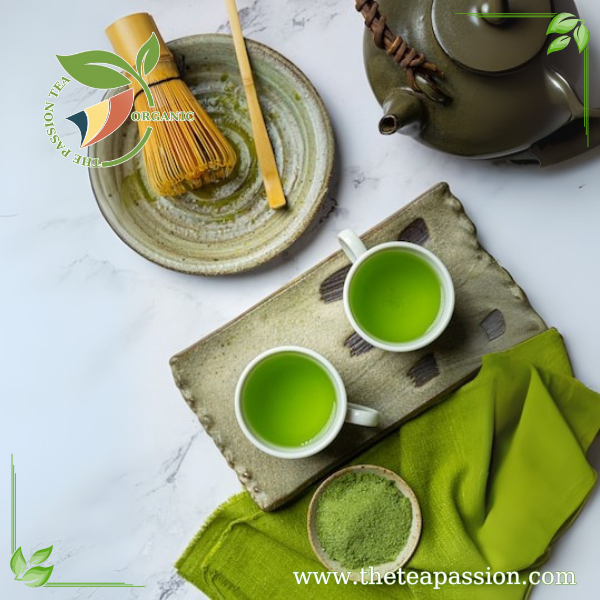
6. The Instagram Factor
Let’s not ignore the elephant in the room: matcha is trendy. It’s photogenic, vibrant green, and looks amazing in flat-lay Instagram shots next to avocado toast and succulents. Regular green tea? It’s just… tea. Sure, it’s comforting and delicious, but it doesn’t have that “wow” factor that makes influencers whip out their cameras. Matcha is basically the Beyoncé of beverages—it demands attention and steals the spotlight every time.
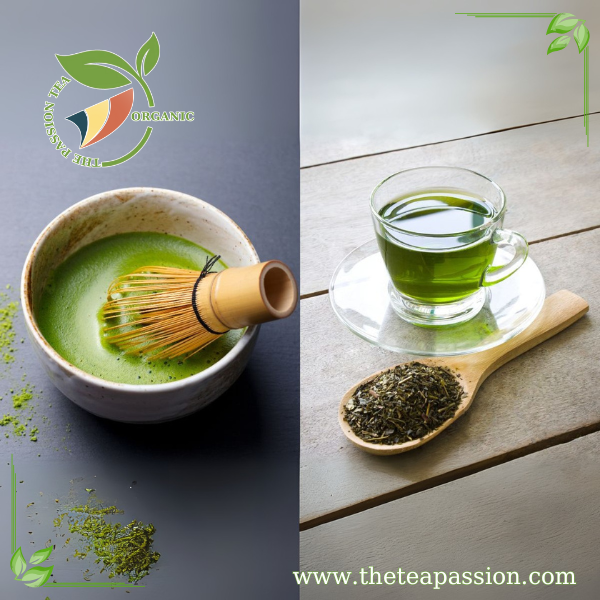
7. Price Tag Panic
If you’ve ever bought matcha powder, you’ve probably noticed it costs about as much as a small island in the Caribbean. Okay, maybe not *that* much, but it’s definitely pricier than regular green tea bags. Why? Because growing matcha requires extra care and attention (remember the whole shade-growing diva thing?). Regular green tea is more affordable and accessible—it’s like your dependable friend who doesn’t charge you $6 for a cup of tea at a café.
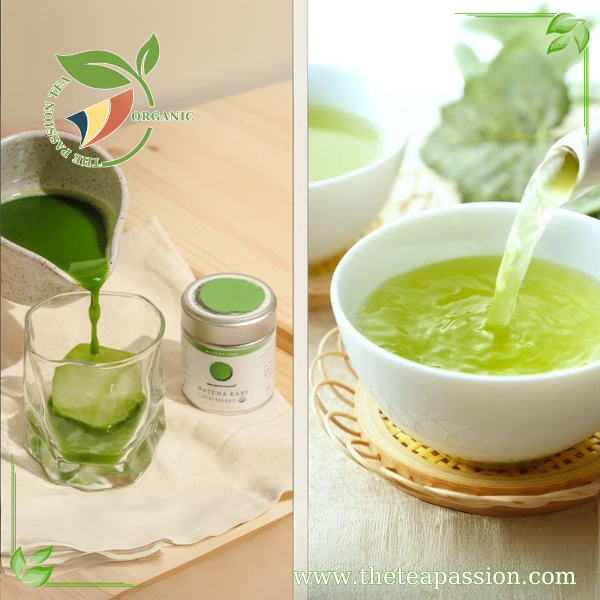
8. Versatility: Beyond the Cup
Matcha isn’t just a drink—it’s an experience. You can use it in lattes, smoothies, desserts, and even savory dishes if you’re feeling adventurous (matcha pasta, anyone?). Regular green tea? It mostly sticks to being tea—simple, classic, and unpretentious. Matcha is like that person who has five side hustles and can play three musical instruments; regular green tea is content being really good at one thing: being deliciously soothing in hot water form.
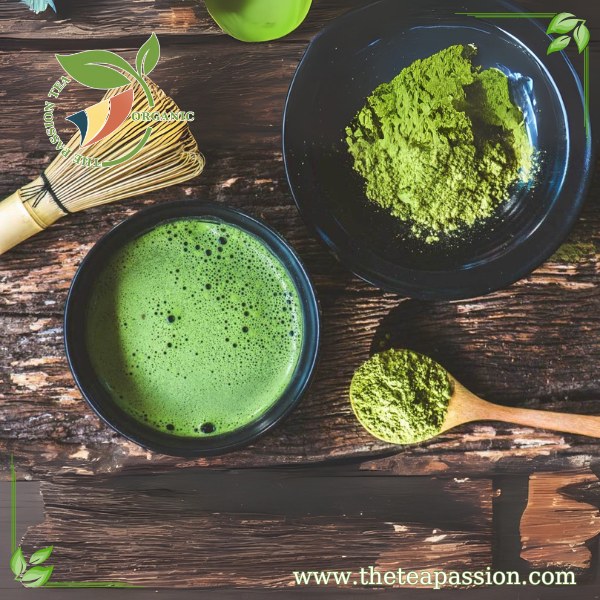
So, which one should you choose? Well, it depends on your mood and personality. If you’re feeling fancy and want to channel your inner wellness guru, go for matcha—it’s vibrant, energizing, and full of health benefits (and drama). But if you just want something simple and comforting without breaking the bank or whisking powder like a mad scientist, regular green tea is your go-to buddy.
In the end, both matcha and regular green tea are winners in their own way—because let’s face it, any beverage that lets us feel virtuous while sipping something green deserves a round of applause (and maybe a cookie on the side). Cheers!
